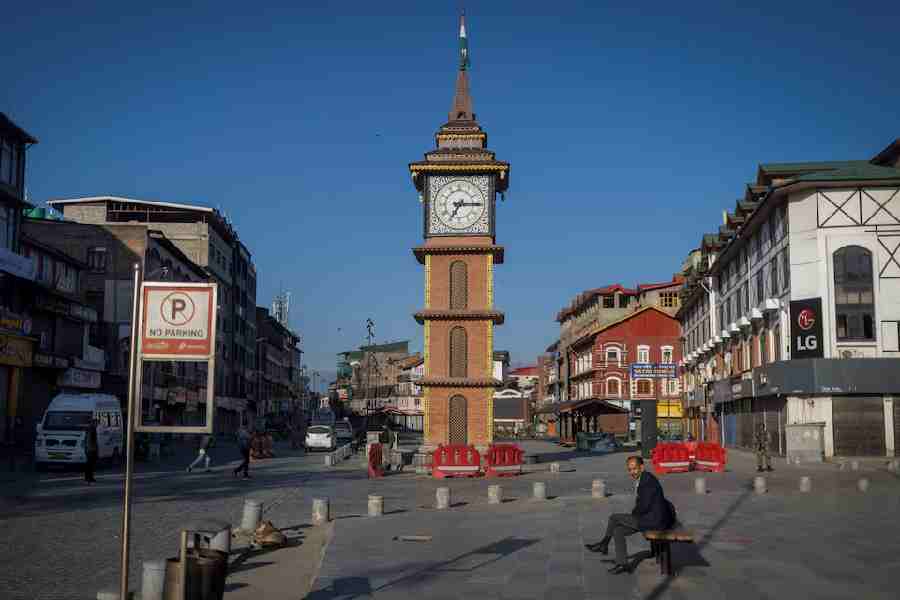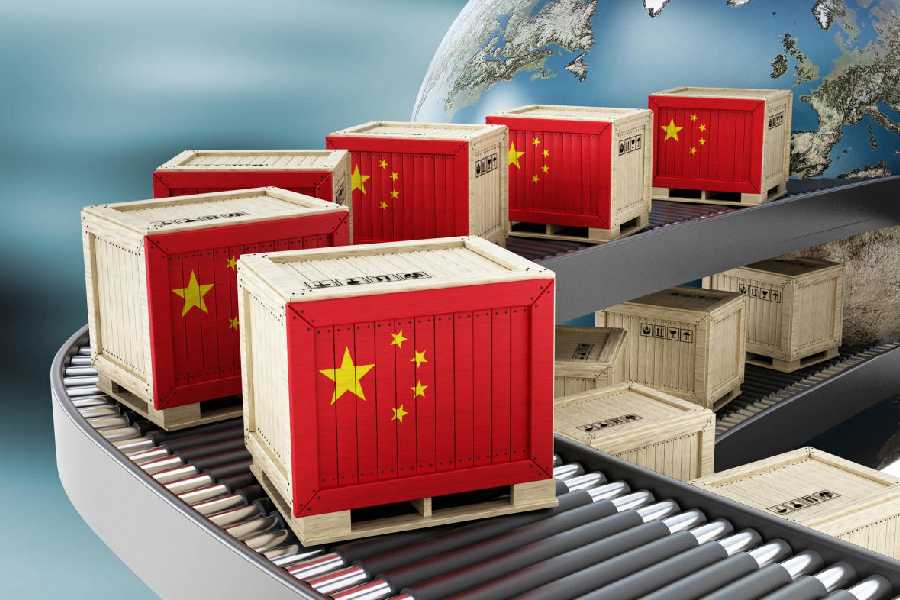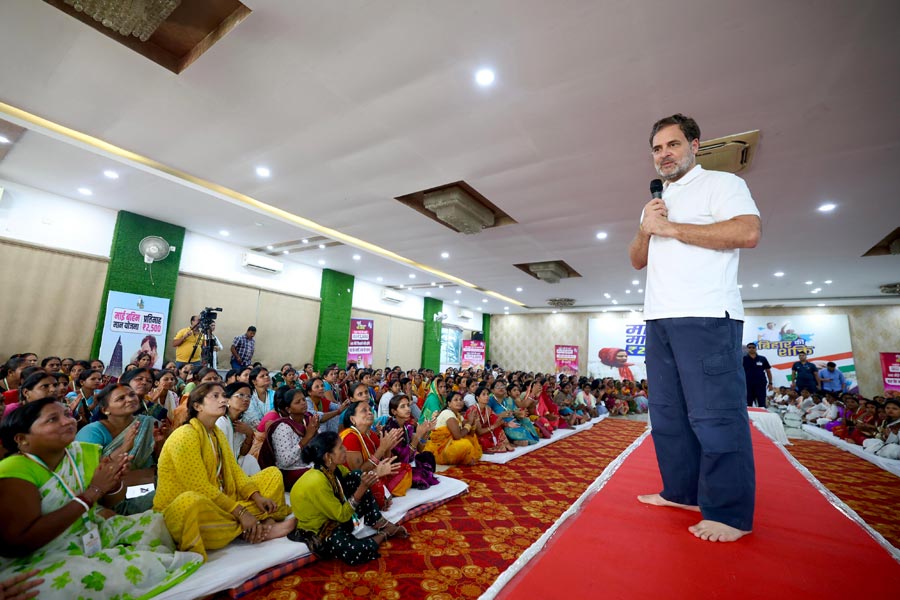
Salt Lake: Salt Lake is all set to get over eight million gallons water from New Town every day, reducing the township's dependency on groundwater.
A network of pipelines has already been laid, connecting the New Town water treatment plant to the booster pumping station near Central Park.
Water is being supplied to Salt Lake from the New Town as part of a trial run. "Water is being sent to the booster pumping station in Central Park on a trial basis," an engineer of the public health engineering department (PHED) said.
From the booster station in Central Park, the water will be multiple tanks in the and from it will be distributed to households.
Debashis Sen, the chairman and managing director of Housing and Infrastructure Development Corporation (Hidco) that executed the project with the public works department (PWD), said more households in Salt Lake will start getting the water as soon as the trial run is over.
"We are conducting a trial run to check how the pipes and the booster station perform. Once we start distributing water all over the township, scarcity of water will be resolved in some blocks," Sen said.
Salt Lake needs 15MGD of water every day, of which 8MGD is drawn from Calcutta's Tallah-Palta network. The rest is groundwater.
With the Tallah tank undergoing repair, the township has had to depend almost completely on the depleting groundwater.
"The groundwater level has gone down since Salt Lake Sector I was completed in 1965. The steady fall will be arrested once the pipeline becomes operational and the surface water coverage expands," a PWD official said. "Once the project becomes functional, the dependence on groundwater will be almost nil," he said.
An official in the Bidhannagar Municipal Corporation said CJ, SA, CA, DB and ED are among the blocks that face water crisis every summer. Residents are compelled to use groundwater, which is rich in iron and unfit for drinking.
"Every summer we pay for water to be delivered by tankers at our doorstep," said Avishek Jaiswal of BF block.
The 20MGD water treatment plant in New Town treats water drawn from the Hooghly. Intake jetties have been built at the Chitpore Lockgate to suck in water and a pipeline has been laid from the jetties to New Town. A 10.5km-long pipeline, a part of which runs parallel to the Kestopur canal, has been sunk underground.
The water enters a narrow channel in Kestopur's Mission Bazaar area, now above the ground, but two contiguous steel plates are placed along the sides to prevent spillage and theft.
An underground network channel guides the water into five ponds in the treatment plant's backyard. Here, the water is allowed to settle for a few days.
The plant's five ponds allow for sedimentation - the first step of filtration. The treatment plant then turns on its state-of-the-art information gathering system via a host of sensors at different points. It identifies and relays information such as leaks back to the home station. The system analyses the data and displays the information in a logical and organised manner.
The cost of the project has been estimated at over Rs 400 crore, of which Rs 291 crore has been sanctioned. The plant can treat 20MGD of water, compared with New Town's demand for 10MGD. The capacity can be increased up to 100MGD.










